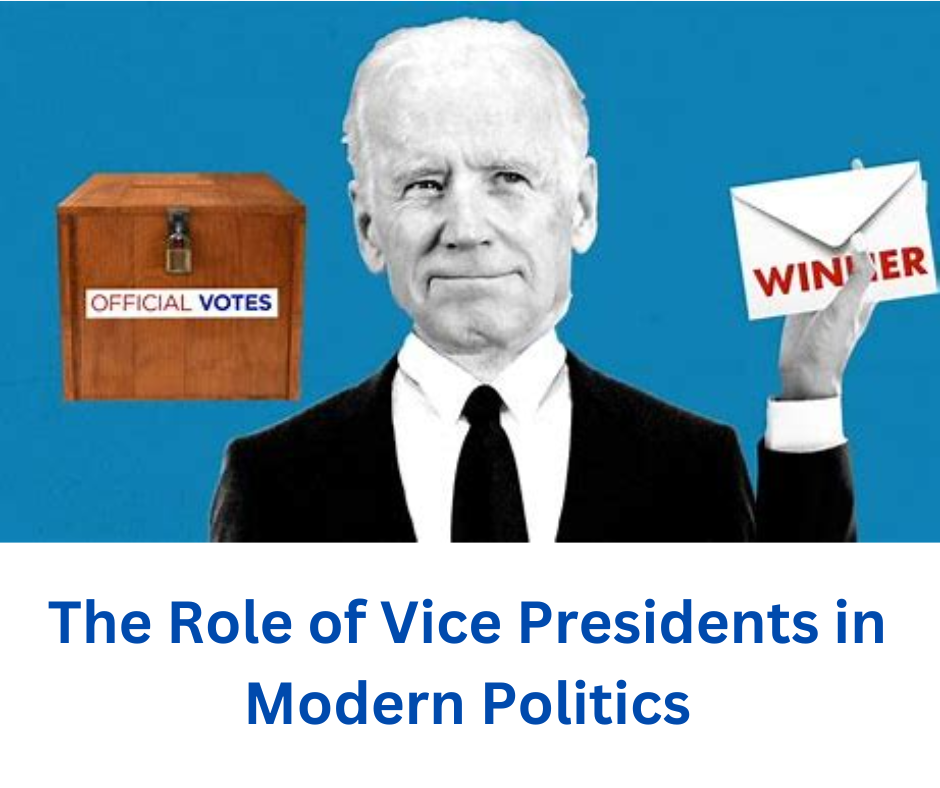In the realm of modern politics, the role of the Vice President has evolved significantly from its historical origins. This article delves into the multifaceted responsibilities and influence of the Vice President, particularly in the context of recent administrations. We will explore the evolving nature of this office, its impact on governance, and the unique dynamics it brings to the political landscape.
Historical Evolution of the Vice Presidency
The position of the Vice President, as established by the United States Constitution, was initially conceived as a largely ceremonial role. Historically, Vice Presidents were often sidelined, with limited duties beyond presiding over the Senate and stepping in if the President was incapacitated. However, the 20th and 21st centuries have witnessed a remarkable transformation in the significance and influence of this office.
Increasing Influence and Responsibilities
In recent decades, Vice Presidents have assumed more substantive roles in administration. They often serve as key advisors to the President, participate in critical policy discussions, and represent the administration domestically and internationally. This shift is exemplified by figures like Dick Cheney, who wielded considerable influence during the George W. Bush administration, and Joe Biden, who played a pivotal role in the Obama administration’s foreign and domestic policies.
Case Study: Kamala Harris’s Vice Presidency
Kamala Harris’s tenure as Vice President under President Joe Biden marks a significant chapter in this ongoing evolution. As the first female, first Black, and first South Asian Vice President, Harris’s role carries symbolic weight, breaking multiple barriers and setting precedents. Her portfolio includes addressing complex issues such as immigration reform, voting rights, and public health, demonstrating the expanded scope of the Vice Presidential office.
The Vice President’s Role in Policy and Governance
The Vice President’s involvement in policy-making and governance is now more pronounced than ever. They often spearhead specific initiatives, liaise with Congress, and engage with key stakeholders. For instance, Harris has been instrumental in advancing the administration’s agenda on COVID-19 response and economic recovery. This hands-on approach underscores the Vice President’s integral role in shaping and implementing policy.
The Vice President as a Diplomatic Envoy
One of the critical functions of the Vice President is serving as a diplomatic envoy. This role involves representing the United States at international forums, strengthening bilateral relations, and addressing global challenges. Harris has undertaken numerous diplomatic missions, reinforcing alliances and promoting American interests abroad. Her engagements highlight the Vice President’s essential contribution to foreign policy.
Challenges and Controversies
The Vice Presidency is not without its challenges and controversies. Vice Presidents often navigate complex political landscapes, balancing loyalty to the President with their own political aspirations. Controversies can arise from their actions or statements, as seen in Harris’s publicized mix-up involving former President Trump and President Biden. Such incidents can impact the administration’s public perception and require adept crisis management.
Future Prospects of the Vice Presidency
Looking ahead, the Vice Presidency is poised to continue its trajectory of increased importance and influence. Future Vice Presidents will likely take on even greater responsibilities, shaping the direction of national and international policies. This evolution reflects broader changes in governance, where the demands of modern leadership necessitate a more dynamic and proactive Vice Presidential role.
Conclusion
In conclusion, the Vice Presidency has evolved into a pivotal component of modern governance, characterized by increased responsibilities and significant influence. The office now encompasses a wide array of duties, from policy-making to diplomatic engagements. As demonstrated by Kamala Harris’s tenure, the Vice President’s role is both symbolic and substantive, shaping the course of political events and advancing the administration’s agenda.
